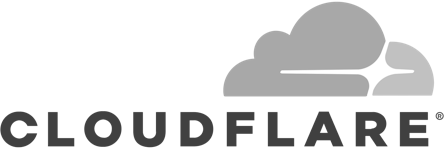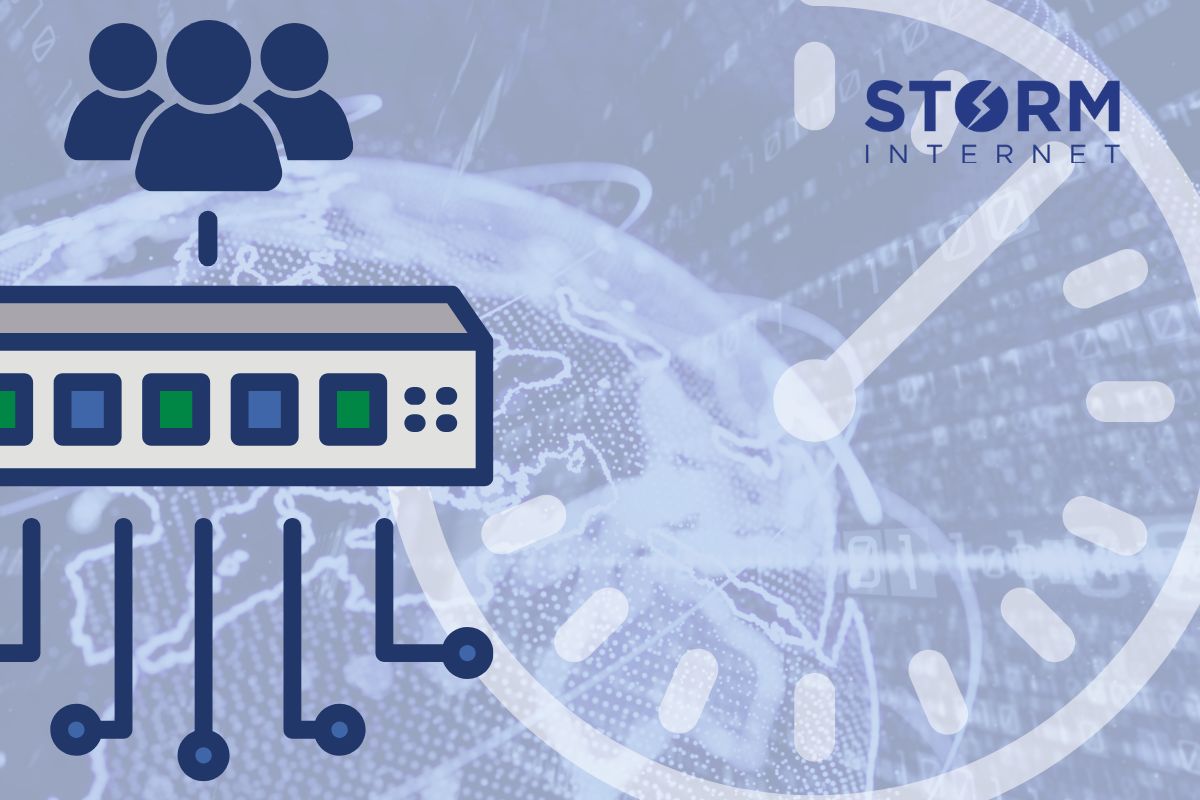IaaS
The Hidden Costs of Cloud: How IaaS Can Deliver Predictable, Scalable Infrastructure

Cloud computing has revolutionised the digital landscape by offering unmatched flexibility and scalability. Public cloud providers such as AWS, Azure, and Google Cloud have become household names, providing businesses with seemingly endless resources on-demand. Yet beneath the allure of flexible resources lies a significant drawback: cost unpredictability. This blog post delves into the hidden costs associated with public cloud platforms and explains how Infrastructure-as-a-Service (IaaS) providers can offer a more predictable, scalable infrastructure solution.
The Problem: Cost Unpredictability in Public Cloud
Public cloud providers operate primarily on a pay-per-use model, which initially appears cost-effective and straightforward. Users pay by the hour, minute, or even second, depending on the resource usage. However, this flexible pricing can quickly spiral out of control, leaving businesses facing unexpectedly high bills.
1. The Pay-Per-Use Model Trap
AWS, Azure, and Google Cloud offer per-second billing, which is advantageous for intermittent usage but becomes complicated for sustained or heavy workloads. For instance, AWS introduced per-second billing in 2017, initially for EC2 Linux instances, which has since expanded broadly across services. Azure and Google Cloud followed suit, although Azure’s per-second billing remains limited primarily to container-based instances. While flexible, this granular billing model can cause unpredictable cost fluctuations due to factors such as traffic spikes, inefficient resource provisioning, and unforeseen hidden fees like data egress, API calls, and snapshot storage.
2. Hidden Scaling Costs
Another significant challenge arises from auto-scaling, a feature designed to help businesses manage varying workloads seamlessly. Auto-scaling dynamically spins up additional instances under increased load, often without explicit notice, resulting in unexpectedly higher costs. Furthermore, ensuring high availability through load balancers, redundant storage, and backups adds additional layers of invisible charges.
Hidden Cloud Charges Breakdown
Hidden costs are pervasive across AWS, Azure, and Google Cloud, often overlooked by businesses until reflected in their billing statements:
- Data Egress and Transfer Charges: Transferring data out of cloud environments or across regions incurs fees. AWS, for instance, can charge up to $0.09/GB after the free tier.
- API and Operation Fees: Cloud providers often charge for each API call or operation, such as storage reads/writes or serverless function invocations, which can accumulate rapidly.
- Storage-Related Costs: Snapshot and backup storage charges are separate from standard storage fees, with potential early deletion penalties for archival storage.
- Premium Support and Add-ons: Enhanced support tiers can substantially add to monthly expenditures, alongside charges for advanced monitoring and logging services.
- Idle Resources: Unattached storage volumes and idle compute instances continue accruing charges unless proactively managed.
- Licensing and Third-Party Integrations: Additional costs arise from licensing fees for software like Windows Server or SQL Server and third-party solutions from cloud marketplaces.
3. Complex Pricing Tiers
Public cloud pricing models are notoriously complex. Providers often employ tiered pricing systems that depend on multiple variables, such as S3 storage classes combined with PUT/GET requests, Glacier archiving, and retrieval fees. These intricate structures complicate budgeting and cost prediction, particularly for businesses unfamiliar with cloud pricing nuances. Moreover, spot instance pricing can vary drastically—AWS averages 197 monthly price changes for spot instances, far exceeding the pricing volatility seen in Azure and Google Cloud.
The IaaS Advantage: Predictable, Scalable Infrastructure
Dedicated IaaS offers a compelling alternative, focusing on simplicity, transparency, and cost predictability. Here’s how dedicated IaaS resolves the unpredictability inherent in public cloud models:
1. Fixed Monthly Pricing
With dedicated IaaS, organisations benefit from a flat monthly rate for virtual machines, storage, and bandwidth. This model eliminates surprises associated with variable billing, enabling precise budgeting and financial forecasting. Particularly beneficial for SMBs and agencies, fixed pricing turns unpredictable capital expenditures (CapEx) into manageable operating expenditures (OpEx).
Benefits include:
- Predictable monthly expenses
- Simplified billing without complex metering
- Easy scalability with clearly defined packages
- Reduced upfront investment in hardware
2. Transparent Resource Allocation
Dedicated IaaS clearly specifies resource allocations, such as the number of vCPUs, RAM, and storage capacity. Businesses avoid surprise billing for usage spikes, as scaling up is an explicit, controlled decision rather than an automatic, hidden cost.
3. Consistent Control and Performance
Unlike shared public cloud environments, dedicated IaaS resources are typically exclusive, guaranteeing consistent performance. Organisations know exactly what they’re receiving, ensuring predictable resource availability and reliability without unpredictable shared-resource contention.
4. Human Support Over Hidden Upsells
Dedicated IaaS providers typically prioritise human support and comprehensive infrastructure monitoring within their base service costs. In contrast, large public cloud providers often tier their support services, leading to additional unexpected charges or attempts to upsell managed services.
The Contrast Summarised
| Feature | Public Cloud (e.g., AWS) | Dedicated IaaS |
| Pricing Model | Pay-as-you-go, variable | Flat-rate, predictable |
| Cost Predictability | Low | High |
| Resource Allocation | Dynamic, shared | Fixed, often dedicated |
| Billing Complexity | High | Simple, straightforward |
| Support | Tiered, extra cost | Often inclusive, personal |
Comparative Examples:
- AWS: Complex pricing structures, continuous spot instance price fluctuations, hidden fees for data transfer, API calls, and storage snapshots.
- Azure: Slightly less complex but still featuring intricate pricing tiers and less frequent but still present hidden costs.
- Google Cloud: Offers the highest sustained-use discounts yet maintains a complicated pricing framework with similar hidden fees.
Conclusion
Public cloud services offer powerful, flexible solutions but often come with unpredictable costs hidden beneath seemingly straightforward pricing models. Businesses can easily find themselves facing unexpected expenses related to scaling, hidden fees, and complex pricing structures. In contrast, dedicated Infrastructure-as-a-Service providers offer an appealing alternative, delivering transparent, fixed-cost services that simplify budgeting, ensure consistent performance, and provide scalable infrastructure without financial surprises.
By opting for dedicated IaaS, businesses gain predictability, transparency, and reliable scalability—critical elements for maintaining efficient operations and strategic financial management in today’s rapidly evolving digital landscape.
Speak with a Storm Expert
Please leave us your details and we'll be in touch shortly
A Trusted Partner








